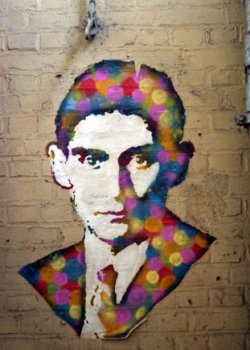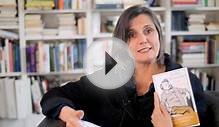
 Photo by blacque_jacques/Flickr
Photo by blacque_jacques/Flickr
Later in 2010, Bloomsbury will release Michelle Woods’s latest guide, Kafka Translated. This is the very first book-length research about translating Franz Kafka’s work. WLT talks with Woods about translating Kafka’s design, his humor, plus their picture. The Marx Brothers, David Foster Wallace, and Federico Fellini? But needless to say. How can you talk about Kafka without them?
Michelle Johnson: Your previous book-length translation study was about Milan Kundera. Just what drew you to such a thorough study of Kafka?
Michelle Woods: it really is entirely Milan Kundera’s fault that I’ve already been writing about Kafka—even despite Kundera’s grouping of Kafka scholars as rather dim-witted “Kafkologists”! His essays on Kafka when you look at the Art of Novel and Testaments Betrayed—especially in the article “A Sentence, ” about three French translations of just one sentence in Castle—caused us to return and re-read Kafka and received my curiosity about taking into consideration the issue of translation with Kafka. The essay is, actually, as much about Kundera’s experiences together with his editors as it is about Kafka (though Kundera blames translators for dilemmas such launching elegant language or synonyms, in his instance, it had been often the editors which changed and domesticated their novels). What exactly is centrally important towards essay—though it appears on top becoming a translator-bashing essay—is their try to believe you will find translatable elements which can be frequently perhaps not translated as a result of domestic tastes and posting pressures. In translation scientific studies, we’ve been concentrating primarily on untranslatable, on trying to combat the myths of fidelity and betrayal, but Kundera gift suggestions a cogent debate for taking into consideration the translatable mechanics of the text, concentrating on just how words are used as opposed to what they are. Kundera is also specifically proficient at conveying the laughter inside books; it made myself return back and read them (in disbelief they had been funny, but he was right!).
My second guide, Censoring Translation, had been mainly about Václav Havel, whose performs had been hugely influenced by Kafka (and, obviously, Beckett)—The Memorandum comes straight-out of this memo story told by the Council Chairman in Castle. Havel believed a lot exactly how we utilize language and just how language uses us, and I also genuinely believe that actually opened a reading of Kafka in my situation.
RELATED VIDEO












